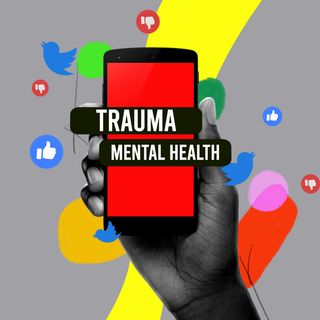Experts have identified one key factor that enables people to feel secure, happy, and challenged in the workplace, over and above everything else: psychological safety, or the knowledge that one won’t be punished, rejected, or iced out for speaking up or admitting a mistake.
Psychological safety is the underlying determinant for how many risks people take at work, how often they go out on a limb for an idea, and how well they innovate; it’s also the determinant for employees’ health, safety, and loyalty, research shows.
“Remember the last time you were working on a project. Did you feel like you could ask what the goal was without the risk of sounding like you’re the only one out of the loop? Or did you opt for continuing without clarifying anything, in order to avoid being perceived as someone who is unaware?” asked a 2015 Google survey that found psychological safety to be the most important dynamic in workplaces. The results showed that while hesitance to act in a way that might lead others to perceive you as incompetent, unaware, or negative is a natural, human tendency, it’s detrimental to teamwork and to personal and professional growth.
Asking for help within a team, speaking up when a policy or operation isn’t working properly, being able to admit a mistake or an inability to understand an idea, owning up to a fault, or expressing disagreement with another are all healthy practices that workplaces should foster, but often become points of contention that make workplaces unhealthy. This, however, does not mean that employees should never be criticized or given feedback in the workplace but rather prioritizes rethinking how the criticism is delivered. For example, branding someone as incompetent or ignorant in a team, especially in front of their colleagues, is harmful and will only lead to the employee’s disengagement. So will treating them with anger, ridicule or disregard, or incentivizing them through threats of a demotion, or unwanted task assignments.
Related on The Swaddle:
Work Absenteeism Less in Countries Where Managers Support Employees’ Mental Health
Bolstering psychological safety in the workplace involves distancing from concepts of blame and punishment and focusing more on why something happened the way it did, with an eye to help and improve performance in the future. “There’s no team without trust,” Paul Santagata, Head of Industry at Google, tells Harvard Business Review. According to Santagata, making a workplace psychologically safe requires replacing blame with curiosity, never assuming the reasons for a person’s perceived incompetence, and communicating support and a learning mindset. It involves keeping in mind another person’s opinions, vulnerabilities, and talents, believing they’re competent, and showing appreciation. He adds, “Thinking through in advance how your audience will react to your messaging helps ensure your content will be heard, versus your audience hearing an attack on their identity or ego.”
It’s natural, for example, to perceive a talking-to from the boss or a conflict with a coworker as a life-or-death threat, which in turn triggers a fight-or-flight response that leaves little room for analytical reasoning. But when teams work toward making a workplace psychologically safe, it opens up space to arrive at resolutions of conflicts in a strategic, wholesome way. It’s the difference between the workplace being challenging, and the workplace being threatening, experts say, and it makes a world of difference.
The key to the former atmosphere is candor and openness — which is not the same as always being nice, according to Amy Edmondson, author of The Fearless Organization: Creating Psychological Safety in the Workplace for Learning, Innovation, and Growth. “Sometimes that might mean being direct to a fault, knowing that you have a right and a responsibility to ask hard questions about the work,” she says. “When we are psychologically safe at work we’re willing to accept that we can be ignorant about some things and very smart about others.”
With the new pandemic-induced work-from-home dynamic, experts say companies have a unique opportunity to instill psychological safety. Showing in-person vulnerability may be difficult, but the shared experience of surviving amid an outbreak is making vulnerability the norm and virtual communication can make it easier to type in a disagreement or a mistake that otherwise would have been difficult to communicate. The degrees of separation everpresent in the new work-from-home normal, then, can eventually bring teams closer together, and help them collectively feel psychologically safe.




